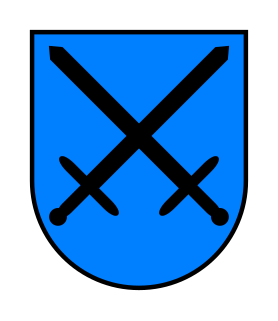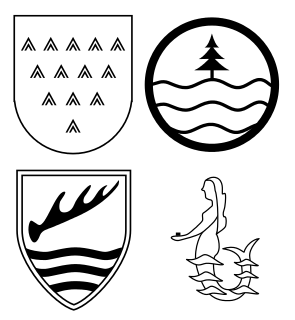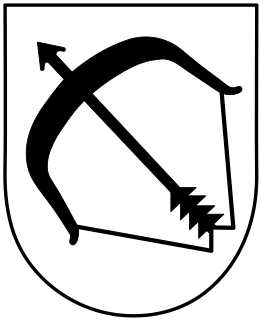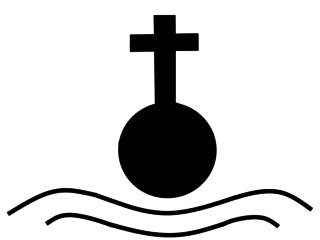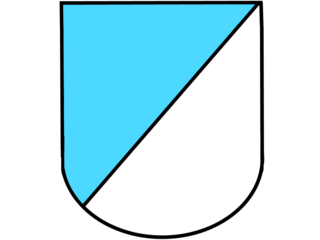| 277. Infanterie-Division German 277th Infantry Division | |
|---|---|
 277. Infanterie Division Vehicle Insignia | |
| Active | 22 May 1940 – 1945 |
| Country | |
| Branch | Army |
| Type | Infantry |
| Size | Division |
| Engagements | World War II |
A first 277th Infantry Division (German : 277. Infanterie-Division) was ordered to form on May 22, 1940, as part of the 10th mobilisation wave (10. Welle), but this order was rescinded after the French Surrender. A new 277th Infantry Division was formed in Croatia on November 17, 1943, as part of the 22nd mobilisation wave (22. Welle), the division was destroyed in the Battle of Normandy in August 1944. A third, 277th Volksgrenadier Division (277. Volksgrenadier-Division) was formed on September 4, 1944, in Hungary by redesignation of the newly formed 574th Volksgrenadier Division (574. Volksgrenadier-Division) of the 32nd mobilisation wave (32. Welle). In 1945 the division entered U.S. captivity in the Ruhr Pocket.

German is a West Germanic language that is mainly spoken in Central Europe. It is the most widely spoken and official or co-official language in Germany, Austria, Switzerland, South Tyrol (Italy), the German-speaking Community of Belgium, and Liechtenstein. It is also one of the three official languages of Luxembourg and a co-official language in the Opole Voivodeship in Poland. The languages which are most similar to German are the other members of the West Germanic language branch: Afrikaans, Dutch, English, the Frisian languages, Low German/Low Saxon, Luxembourgish, and Yiddish. There are also strong similarities in vocabulary with Danish, Norwegian and Swedish, although those belong to the North Germanic group. German is the second most widely spoken Germanic language, after English.

Croatia, officially the Republic of Croatia is a country at the crossroads of Central and Southeast Europe, on the Adriatic Sea. It borders Slovenia to the northwest, Hungary to the northeast, Serbia to the east, Bosnia and Herzegovina, and Montenegro to the southeast, sharing a maritime border with Italy. Its capital, Zagreb, forms one of the country's primary subdivisions, along with twenty counties. Croatia has an area of 56,594 square kilometres and a population of 4.28 million, most of whom are Roman Catholics.

Operation Overlord was the codename for the Battle of Normandy, the Allied operation that launched the successful invasion of German-occupied Western Europe during World War II. The operation was launched on 6 June 1944 with the Normandy landings. A 1,200-plane airborne assault preceded an amphibious assault involving more than 5,000 vessels. Nearly 160,000 troops crossed the English Channel on 6 June, and more than two million Allied troops were in France by the end of August.




